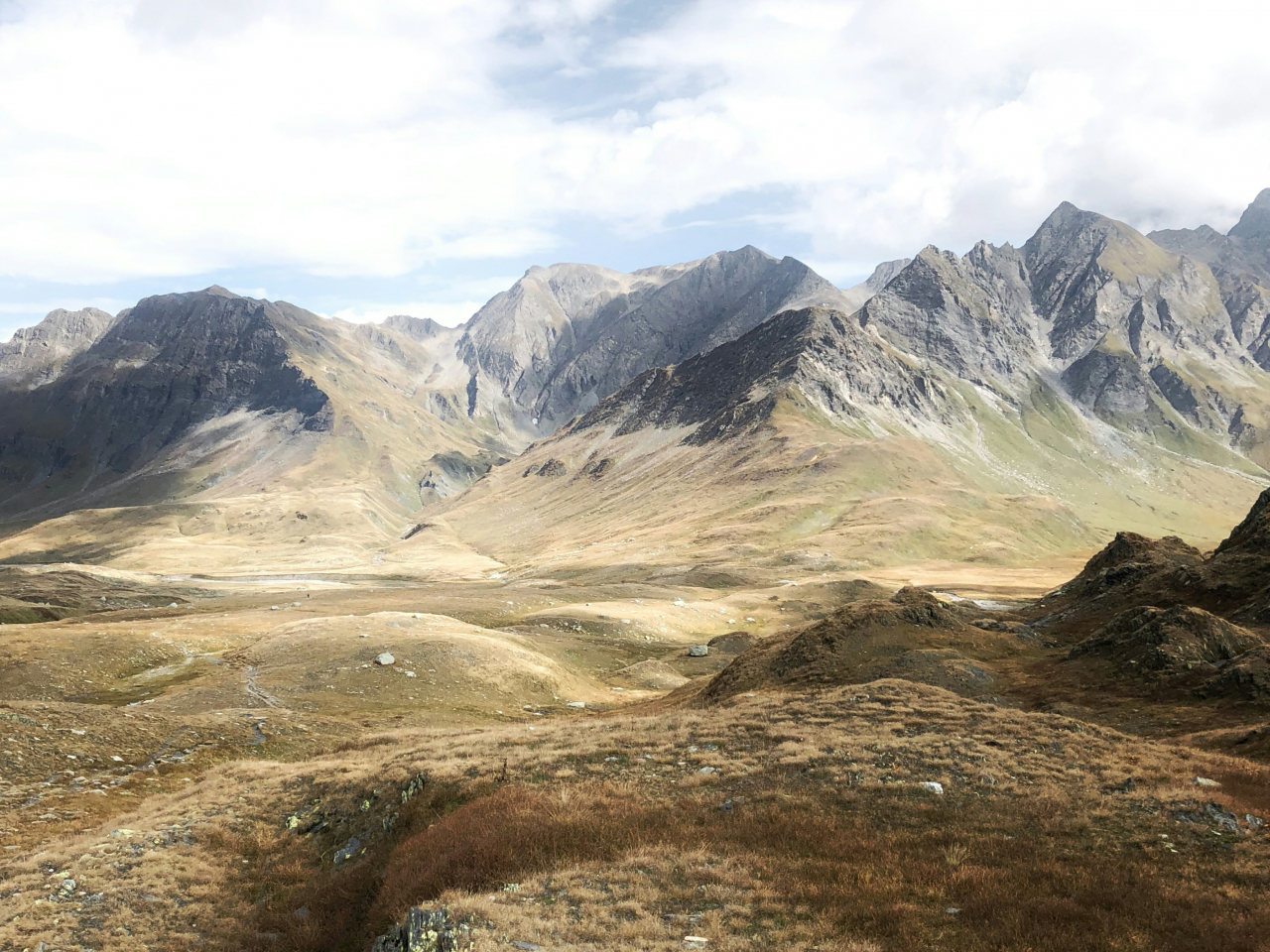Parc Adula – How Federalism Can Hinder Biodiversity Protection
Written by Kimi Scherrer & Angela Mürner, students of the University of Zurich
Switzerland is facing a biodiversity crisis. Since 1900, nearly half of the country's habitats and a third of its species have become endangered. The decline in biodiversity threatens not only ecosystems but also the services they provide. Ecosystem services are crucial for human survival as well as economic productivity (BAFU, 2023a). Despite the urgency to act, the expansion of protected areas in Switzerland has been slow and faced challenges due to the resistance of the public (Titz, 2022; von Burg, 2022).
Protected areas are regarded as a vital strategy for counteracting biodiversity loss. Switzerland has a long tradition of protecting the environment, starting with federal hunting bans in the 19th century and establishing the Swiss National Park in 1914 (BAFU, 2023b). However, Switzerland's measures don't meet international goals. The estimates of how much land is currently protected vary, ranging from 6.6 % (ProNatura) to 13.4% (BAFU) (von Burg, 2022), but all are below the 17% target that has been set by the Convention on Biological Diversity for 2020 (BAFU, 2023b). Moreover, the ambitious global target of 30% by 2030 appears challenging given Switzerland's historical struggles to gain public support for the establishment of new protected areas (Titz, 2022; von Burg, 2022).
The failed Parc Adula project in 2016 reveals why the expansion of protected areas is so difficult. The proposed national park, which would extend over parts of Grisons and Ticino, aimed to protect the biodiversity while simultaneously boosting the regional economies. Despite pursuing a participatory planning process, the final vote resulted in rejection (Michel et al., 2022).
The rejection of the project can be ascribed to key reasons:
People living in the area feared restrictions and therefore losing traditional freedoms because of proposed regulations in the core zones, such as bans on hunting, fishing and off-trail hiking. Furthermore, the promised economic benefits were not convincing, especially in regions they already considered stable. Finally, the mistrust in the planning process and scepticism about government intentions outweighed the efforts to involve local stakeholders (Michel et al., 2022).
The case of Parc Adula wasn't an isolated incident. A proposed Park in Locarno shows a similar picture. Local concerns lead once more to rejection in the municipalities' vote and highlight the recurring tensions between national conservation goals and the communities (Lob, 2018).
The case study shows that local autonomy is considered a priority in Switzerland's political system, which gives municipalities significant influence over decisions. This ensures democracy but complicates national initiatives like expanding protected areas. Since many Swiss perceive their landscapes as already well-protected and restrictions conflict with local traditions, there is less pressure to act (Lob, 2018; Michel et al., 2022).
Nevertheless, the expansion of protected areas is essential for preserving biodiversity and the ecosystems that support life. To gain local support, many conservation initiatives try to find a balance between protecting biodiversity and providing economic opportunities. Raising awareness of biodiversity loss and its long-term effects is crucial, as is establishing trust through participatory and open processes. Reaching the goal of protecting 30% of Switzerland's land by 2030 requires reconsolidation of national aspirations and local concerns.
Bibliography
Bundesamt für Umwelt BAFU (2023a): Zustand der Biodiversität in der Schweiz, https://www.bafu.admin.ch/bafu/de/home/themen/biodiversitaet/fachinformationen/zustand-der-biodiversitaet-in-der-schweiz.html, accessed 28.11.24
Bundesamt für Umwelt BAFU (2023b): Biodiversität: Das Wichtigste in Kürze, https://www.bafu.admin.ch/bafu/de/home/themen/biodiversitaet/inkuerze.html, accessed 28.11.24
Lob, G. (2018): Der erfolglose Kampf für einen neuen Nationalpark, Swiss Community. https://www.swisscommunity.org/de/news-medien/schweizer-revue/artikel/der-erfolglose-kampf-fuer-einen-neuen-nationalpark, accessed 28.11.24
Michel, A. H., Pleger, L. E., Von Atzigen, A., Bosello, O., Sager, F., Hunziker, M., Graefe, O., Siegrist, D., & Backhaus, N. (2022): The Role of Trust in the Participatory Establishment of Protected Areas—Lessons Learnt from a Failed National Park Project in Switzerland. Society & Natural Resources, 35(5), 487–505. https://doi.org/10.1080/08941920.2021.1994679
Titz, S. (2022): Bartgeier und Braunbär: Die Schweiz schützt die Artenvielfalt – aber die Schutzfläche ist viel kleiner als gefordert, Neue Züricher Zeitung.
Von Burg, C. (2022): Wo steht die Schweiz punkto Schutzgebiete?, SRF Schweizer Radio und Fernsehen. https://www.srf.ch/news/schweiz/abstimmungen-22-september-24/biodiversitaets-initiative/bedrohte-biodiversitaet-wo-steht-die-schweiz-punkto-schutzgebiete, accessed 28.11.24
Comments
By accepting you will be accessing a service provided by a third-party external to https://www.mountainapp.net/
This website uses no external trackers, no analytics, just session cookies and values your online privacy.



